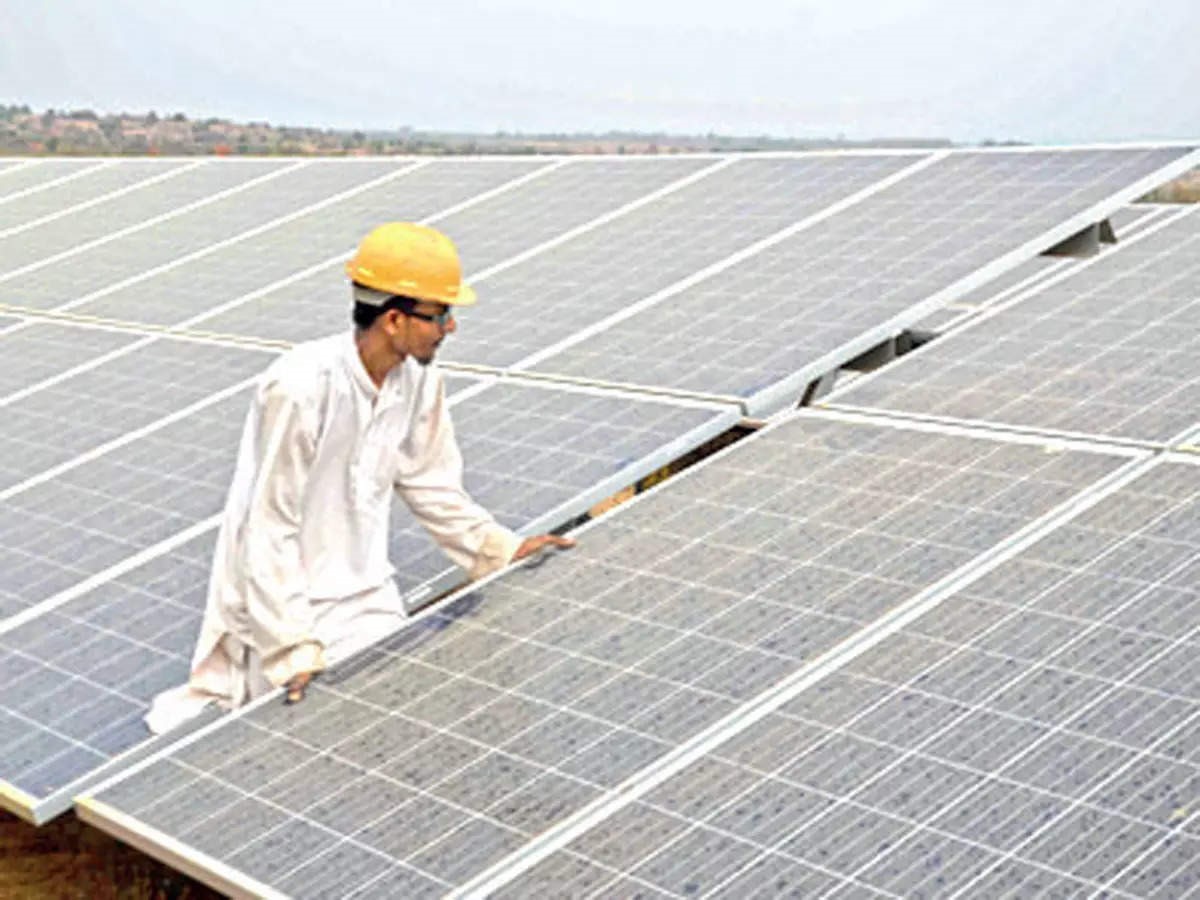Thursday, 28th October 2021
New Planet beyond the Milkyway
In News
First time the signs of a planet transiting a star beyond the Milky Way galaxy has been detected.
About the News
- Using European Space Agency’s XMM-Newton Telescope and NASA’s Chandra X-ray space telescopes, astronomers have made an important discovery to find a planet outside of the Milky Way.
- The discovery was led by Nasa’s Chandra X-ray Observatory in the spiral galaxy Messier 51 (M51), also called the Whirlpool Galaxy.
- Spotting a planet in another galaxy is hard, and even though astronomers know that they should exist, no planetary systems outside of the Milky Way have been confirmed so far.
- It is very difficult for telescopes to distinguish one star from another, and ofcourse the plant orbiting them, because the light from another galaxy is packed into a tiny area on the sky.
- The usual techniques to find exoplanets in our galaxy don’t work as well for planets outside of it.
How is an Exo-planet discovered?
- To locate exoplanets, astronomers study the light emerging from the star and whenever a planet passes through it, it blocks the light from the star producing a characteristic dip.
- Astronomers using both ground-based and space-based telescopes have searched for dips in optical light, electromagnetic radiation humans can see, enabling the discovery of thousands of planets.
- To detect this new planet, astronomers studied X-rays. Since the region producing bright X-rays is small, a planet passing in front of it could block most or all of the X-rays, making the transit easier to spot because the X-rays can completely disappear.
- The team used it to detect exoplanet candidates in a binary system called M51-ULS-1, located in M51.
Significance of this Discovery
- Exoplanets enhance our understanding of the conditions beyond our solar system.
- Astronomers have detected over 4,000 such exoplanets but it’s the first time that signs of a planet transiting a star beyond the Milky Way galaxy has been detected.
- It shall open up a whole new arena for finding other worlds by searching for planet candidates at X-ray wavelengths outside of the Milky Way.

Sources:
Subsidized Electricity
In News
Promises of free or heavily subsidized electricity announced in the elections have adverse impacts on all the stakeholders and form a vicious cycle.
About the news
- Latest data from the ministry of power portal (PRAAPTI) shows that total non-disputed payment owed by Discoms in various states to Gencos stood at ₹01 lakh crore on October 22.
- Power tariffs are inadequate in relation to their cost of supply because they are set lower. Sometimes, this is because of inadequacy of tariffs in relation to their cost of supply because of delays in the approval of tariff orders by regulators.
- There is also the inadequacy of and delays in subsidy payments by state governments.
- According to a March report from ICRA, subsidy payments by governments were estimated to comprise 16% of discom revenues at an all-India level in 2021-22.
- The policy of giving cheap or even free electricity does have certain benefits like:
- Addresses power requirements of the least privileged section of society
- Filling the gap between the haves and have not.
- The savings from the electricity bill will result in increased disposable incomes in their hands. It will give these families an opportunity to spend this money on nutrition, education and other things.
- However, in the long term this can be unsustainable because of detrimental impacts on several stakeholders.
Who pays for free power?

What are the Long term impacts on different stakeholders?
- Consumers: When the government pays for loss of discoms, ultimately consumers pay for it via taxation.
- Government: Waiver of electricity bills or other forms of subsidy provided by a state government add to its revenue expenditure, thereby widening the fiscal deficit.
- Discoms: Increased debt and worsening financial situation of discoms because of delay in subsidy payment by the government.
- Gencos: Latest data from the ministry of power portal (PRAAPTI) shows that total non-disputed payment owed by Discoms in various states to Gencos stood at ₹01 lakh crore on October 22.
Source:
SC Panel to Investigate Allegations in the Pegasus spyware case
In News
The Supreme Court has ordered a probe headed by retired judge Justice R V Raveendran to look into the allegations of unauthorized surveillance using the Israeli-built Pegasus spyware.
About the News
- Three key imperatives that the Supreme Court will try to address through the Committee are:
- The right to privacy of citizens
- Freedom of the press including the right of journalists to ensure protection of their sources.
- The limits of national security as an alibi by the Government to block disclosure of facts related to citizen’s rights.
- The Committee: A committee comprising three technical members, supervised by retired judge has been appointed to conduct a thorough inquiry into Pegasus spyware matter.
- Reason for forming Committee: Since decisions in cases seeking enforcement of fundamental rights (such as Pegasus infringing right to privacy) are based on facts, committees are often assigned which act as an agent of the court to determine the facts when they are disputed or unknown,
- Functions of such Committees: Such committees generally can summon individuals, prepare ground reports, and inform the court.
What will be the Broad Areas of this Investigation?

What are factors on which the Committee will make Recommendations?
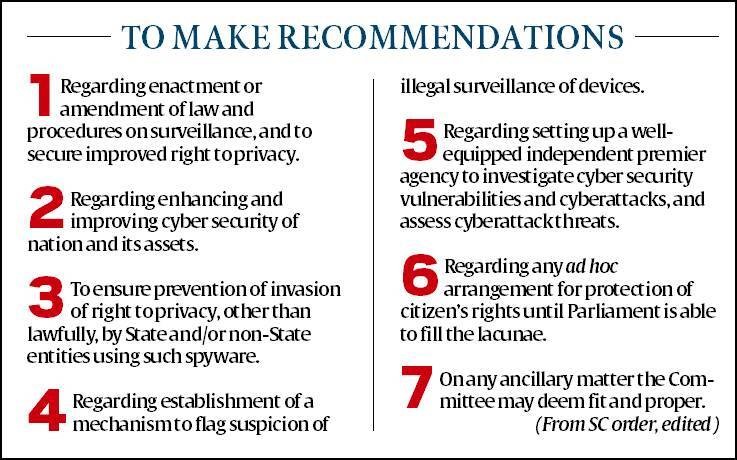
Sources:
- Pegasus row: What will the SC-ordered independent committee look into?
- Pegasus case: SC moved the needle on privacy, press freedom, Govt security alibi
- Explained: Why was Pegasus panel needed, what it will do now -and how
Image Source:
Plastic Waste Management (PWM)
In News
Recently, NITI Aayog has suggested a material recovery facility (MRF) model for sustainable management of urban plastic waste.
About Material Recovery Facility (MRF)
- What is it?: A materials recovery facility, also known as a materials reclamation facility or recycling facility is a specialized plant that receives, separates, and prepares recyclable materials for marketing to end-user manufacturers.
- How will it be funded?: The model will initially funded by private players, supported by urban local bodies, and operated by service providers including local organizations and waste management agencies.
- How does it connect with the current PWM system?: The model not only focuses on managing plastic waste but also on the social inclusion and protection of waste pickers by improving their socio-economic conditions.
MRF envisages to address burgeoning issue of Plastic Waste, but before we delve into PWM and its significance, it is important to understand what plastic waste is and how grave is the problem.
What is Plastic Waste and what is its status in India?
Plastic waste is ‘the accumulation of plastic objects (e.g.: plastic bottles and much more) in the Earth’s environment that adversely affects wildlife, wildlife habitat, and humans.’ It also refers to the significant amount of plastic that isn’t recycled and ends up in landfill or thrown into unregulated dump sites.
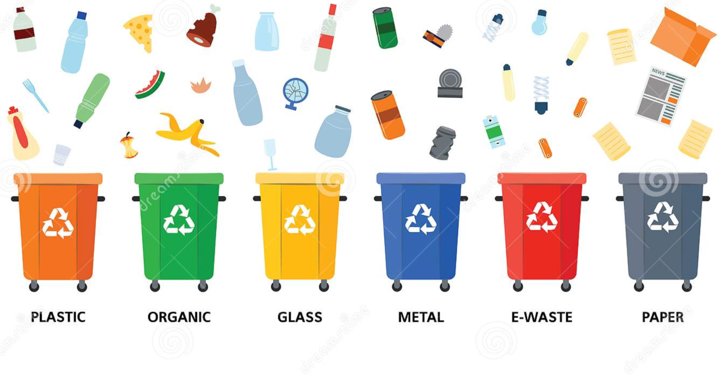
The extent of Plastic Pollution in India can be expressed through following-
- Generation of large amount of plastic: About 34 lakh tonnes of plastic waste was generated in 2019-20.
- Low recycling rate: Only 60% of the total waste generated gets recycled.
- Growing states produce more: States like Goa produce as much as 60 grams per capita per day waste respectively – against a national average of 8 grams.
The primary reason for this growing menace of plastic waste is the large-scale prevalence of single use plastics. The chemical inertness, strength-to-weight ratio, industrial adaptability and most importantly its cost-effectiveness make plastic extremely difficult to replace.
Why is it important to address this problem?
- Contaminating the soil, water as well as the air: The Plastic Waste which does not get recycled ends up in the either in landfills or incinerators.
- In the former case, the plastic leaches into the soil and subsequently into the water bodies. In the latter, burning of plastic waste generates unwanted air pollutants.
- Affects health of humans, animals, and plants: The secondary effect of plastic getting into the ecosystem is Bioaccumulation (Bioaccumulation is the gradual accumulation of substances, such as pesticides or other chemicals, in an organism).
- Bioaccumulated plastics negatively affects the health of animals (especially the marine life, where significant amount of plastic is dumped). Also, these animals when consumed in the form of food affect health of humans.
- Unintended economic and social costs: Prevalence of plastic waste negatively impacts general well-being of the population and significantly impacts the tourism industry.
- The issue indirectly encourages the informal occupation of ragpickers, forcing them to work in unhygienic and poverty-ridden ecosystem.
- Bulk of the dry waste is plastic: About 80% of the generated dry waste is plastic. Thus, if PWM can be done effectively, it becomes possible to make significant progress towards eliminating the issue of dry waste altogether.
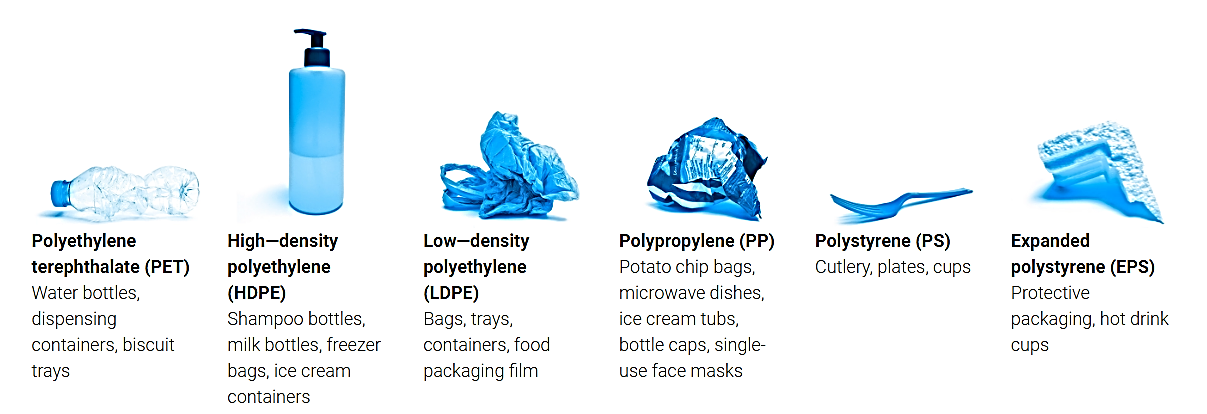
How Plastic Waste Management Rules, 2021 aims to solve this problem?
- Banning Single Use Plastic: The rules prohibit identified single use plastic items which have low utility and high littering potential by 2022. These include-
- ear buds with plastic sticks, plastic sticks for balloons, plastic flags, candy sticks, ice-cream sticks, polystyrene [Thermocol] for decoration;
- plates, cups, glasses, cutlery such as forks, spoons, knives, straw, trays, wrapping or packing films around sweet boxes, invitation cards, and cigarette packets, plastic or PVC banners less than 100 micron, stirrers.
- Increasing thickness of carry bags: The thickness of plastic carry bags has been increased from 50 to 75 microns from September 2021. The same will be increased to 120 microns December 2022.
- Extended Producer Responsibility: The plastic packaging waste shall be collected, and managed in an environmentally sustainable way through the Extended Producer Responsibility of the Producer, importer, and Brand owner (PIBO) in accordance with Plastic Waste Management Rules, 2016.
- Also, for more effective enforcement, the guidelines for Extended Producer Responsibility have been given legal force.
- Waste management infrastructure: The waste management infrastructure in the States/UTs is being strengthened through the Swachh Bharat Mission.
- Strengthening the institutional framework: Creation of National and State level taskforce, encouraging states to create their own comprehensive action plan and taking innovative measures like India Plastic Challenge- Hackathon 2021.
With PWM Rules, 2021, the Government has taken a significant step towards addressing plastic waste. But for realization of this goal, all the stakeholders from consumers to industries would have to make an effort in this direction.
What more can be done?: It’s time to change from within
- Embracing circular economy: Shifting from the current Linear ‘Use and throw’ model to a circular economy model where plastic waste becomes a raw material for other industries. For example, encouraging created out of recycled plastic.
- Marrying manufacturing and sustainability: Developing manufacturing processes conducive to the 4R’s i.e., Reduce, Reuse, Repair, Recycle. This implies that the manufacturing process needs to be raw material efficient, has a long-life, is easily repairable and has a recycling network.
- Encouraging responsible consumption: The fight against COVID-19 has shown us that through behavioral change and responsible choices we can overcome any problem. For plastic waste, consciously choosing environment friendly options and limiting waste as far as possible could go a long way.
- Bringing technology to the rescue: Continuous research on alternatives of use of plastics and alternatives of plastic driven processes can help stakeholders transition to more environment friendly ecosystems without compromising on their current arrangements.
- Understanding your plastic: Since plastic is omnipresent, every entity would have to understand and be aware of their plastic use in order change it. Creation of this understanding would go a long way in creating public consensus on some economically difficult but environmentally necessary choices.
Conclusion
The steps like MRF and PWM Rules, 2021 create the framework for solving the issue of plastic waste. Individual efforts, reformed processes and most importantly changed attitudes are needed if this framework is to achieve its desired objective.
Question: Discuss the Material Recovery Facility by Niti Aayog in context of plastic waste management in India.
Sources:
- Bring plastic waste recycling model under PPP mode: Niti Aayog
- Going beyond single-use packaging to address all plastic waste
- Beating plastic pollution: On Plastic Waste Management Amendment RulesPlastic waste is India’s and the world’s most formidable environmental challenge today, and the COVID-19 pandemic has made matters worse: CSE
- Absolute ignorance among the general public about plastic disposal a big challenge: Anjana Ghosh, Bisleri
- Plastic waste – everything you need to know
- Government notifies the Plastic Waste Management Amendment Rules, 2021, prohibiting identified single use plastic items by 2022
This Day in History - Luna 23
On October 28, 1974, was launched to the Moon. Luna 23 was a Moon lander mission which was intended to return a lunar sample to Earth. Luna 23 was the first modified lunar sample-return spacecraft, designed to return a deep-core sample of the Moon's surface. The spacecraft was damaged during landing in Mare Crisium (Sea of Crises). Luna 23 was to drill 2.5 meters below the lunar surface (compared to the 0.3-m depth of the cores sampled by Luna 16 and 20) and return a sample of the soil to Earth. The drilling apparatus was damaged during landing, preventing execution of the sample-return mission. Little or no science was done with the stationary lander.
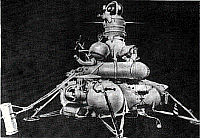
Sources:
Image of the Day - Indo-Canadian as Canada’s minister
This is image of Indo-Canadian Anita Anand became just the second woman to be appointed Canada’s minister of national defence. Anand, who was the first Hindu to become a cabinet minister when she was appointed minister of public services and procurement in 2019. She is the first woman to serve as defence minister since Kim Campbell in the 1990s. Anand is of Tamilian-Punjabi heritage.

Source:
Hybrid Immunity - Edukemy Current Affairs
- Context: A recent study has shown that hybrid immunity offered more protection against SARS-CoV-2.
- Also known as 'superhuman immunity', hybrid immunity refers to a combination of immunity gained from a natural infection as well as from vaccines.
- It is found to have a higher and more durable neutralizing antibody response. The hybrid immunity offers stronger protection than just infection or full vaccination alone.
- The immunological advantage from hybrid immunity arises mostly from memory B cells. While the bulk of antibodies after infection or vaccination decline after a short while, the memory B cells, which evolve in the lymph nodes, get triggered on subsequent infection or vaccination.
- So when people who recovered from COVID-19 are re-exposed to the spike protein, the memory B cells are capable of churning out highly potent antibodies.
- The neutralizing antibodies were found to be twofold and threefold more in people immunized with Pfizer vaccine and AstraZeneca respectively following natural infection compared with people immunized with these vaccines but without prior infection.
- People who have recovered from COVID-19 develop hybrid immunity when they get vaccinated, provided they now have both natural and vaccine-induced immunity.
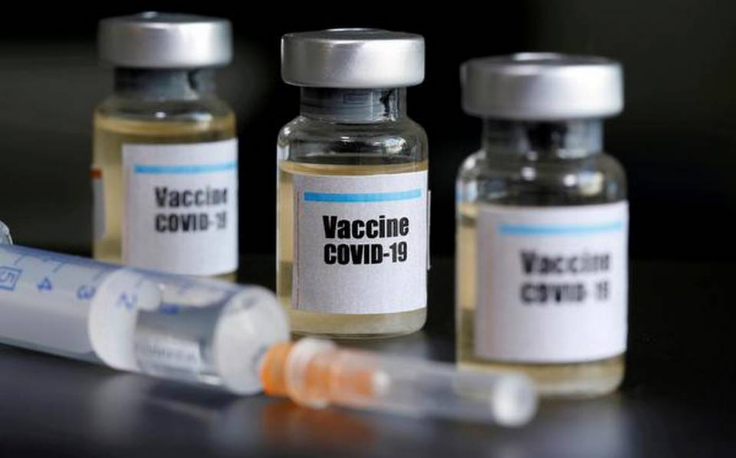
Sources:
- More studies show the superiority of hybrid immunity
- Coronavirus: What is 'hybrid immunity'? Should people who had COVID-19 still get their vaccine shot? Find out
Image Source:
Di-Ammonium Phosphate
- Context: An acute shortage of di-ammonium phosphate (DAP) has caused chaos among the farmers in Haryana.
- DAP is the most popular phosphatic fertilizerwith a composition of 18% Nitrogen (N) and 46% Phosphorus (P2O5) which are the primary macro-nutrients that area part of the 18 essential plant nutrients.
- It is manufactured by reacting Ammonia with Phosphoric acid under controlled conditions in fertilizer plants.
- It is a free flowing, dust-free and an almost water-soluble fertilizer but leaves acid effect on soils because of the ammonia (NH4) it contains.
- It is a basic nutrient for Rabi crops and is sprinkled at the time of sowing crops like mustard and wheat.
- It is also the best fertilizer for pulses where less nitrogen and higher phosphorus is needed as starter dose.
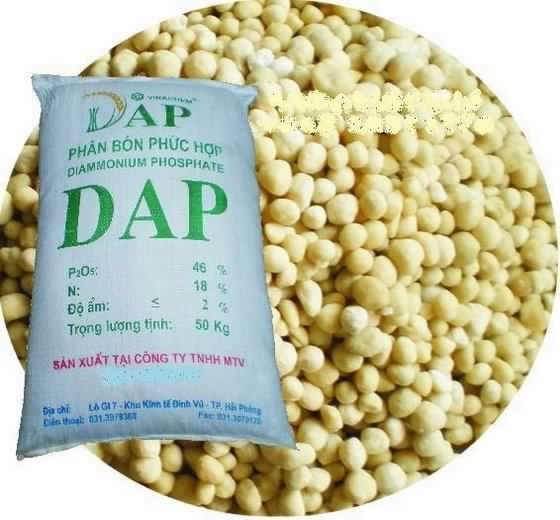
Sources:
- Explained: DAP ‘shortage’, and how it has become a big issue in Haryana
- Diammonium Phosphate
- Di-ammonium Phosphate – DAP
Image Source:
Infant Mortality Rate
- Context: Data from the Sample Registration System (SRS) has shown that India’s Infant Mortality Rate (IMR) has dropped to 30
- But the decline has slowed down in the last 5 years in most States.
- IMR is the number of infant deaths for every 1,000 live births (the number of babies less than a year old who die for every thousand live births).
- Takeaway from the Report:
- The lowest IMR of 2 has been recorded in Finland, Norway, Iceland, Singapore and Japan.
- Though IMR in India has improved in the decade between 2009 and 2019 from 50 to 30, it is worse than Bangladesh and Nepal that records 26. Pakistan has a recorded IMR of 56.
- Improvement in IMR from 50 to 39 in all Indian states has been recorded which however has slowed down in the last five years.
- Among larger states showing accelerating improvement are Bihar, Andhra Pradesh, Jammu and Kashmir and West Bengal.
- Kerala, after a stagnating IMR of 12 from 2011-15, has improved to 6 in the last five years matching the US.
- After Kerala, Delhi has the lowest IMR of 11 followed by Tamil Nadu (15).
- States with slowing down improvement in IMR include Madhya Pradesh, Punjab, Uttar Pradesh and Chattisgarh.
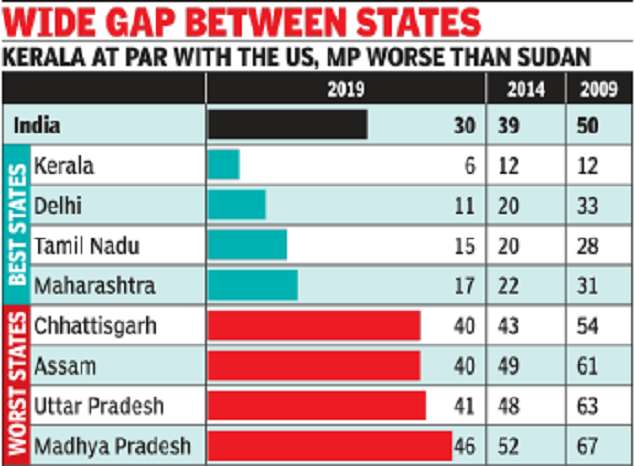
Sources:
Image Source:
Liaison Officer (LO)
- Context: Recently, UK posted a liaison officer at the Information Fusion Centre-Indian Ocean Region (IFC-IOR).
- The LO tracks shipping and monitors threats such as maritime terrorism and piracy in regional waters, joining countries such as the US, Australia, France and Japan that have a presence at the facility.
- The international liaison officers act as contacts between their countries and the Indian Navy for sharing information on the movement of merchant vessels and maritime threats
- The US, Australia, France and Japan had earlier posted liaison officers at the IFC-IOR that was established in December 2018.
- The three main objectives of the IFC-IOR are:
- Confidence and capacity building among partner nations for swift and accurate exchange of information on maritime security.
- Extensive linkages to ensure comprehensive maritime domain awareness of the region and
- Use of hi-tech and analytic tools for maritime traffic analysis to predict emerging threats and trends.

Sources:
- Netherlands keen to have Naval Liaison Officer in India
- UK liaison officer at Indian navy facility that monitors threats in Indian Ocean
Image Source:
How do we read the Supreme Court’s Pegasus order?: IE
Essence: The Supreme Court of India order appointing a committee to inquire into the Pegasus revelations can be seen in the backdrop of the Chief Justice of India’s tactical acknowledgement of a general environment of lack of public trust in the judiciary. The order of the court constituting the committee attains significance for three clear reasons. First, the court’s continuing insistence on transparency and disclosure by the Union government. But the government has marred the discussions with refusal, delay and limited disclosures. The second reason is the Supreme Court’s firm approach towards the national security submissions by the Union government. In this case, the government has refused to disclose information, saying that information sought must be kept secret as their divulgence would affect national security concerns. Third, rejecting the suggestion by the Solicitor-General to constitute a government committee. But there has been little movement on any official inquiry.
Hence, the constitution of this committee provides hope. But any honest assessment has its share of challenges like functioning of the committee and the cooperation of government witnesses, the publication of the report so as to ensure public confidence and the directions and remedy provided by the Supreme Court.
Why you should read this article?
- To understand the general trend of submissions of the government to the SC in national security versus right to privacy cases.
- To understand the reasons for which SC has formed this committee on Pegasus issue.
- To understand the need for Judicial independence and transparency
Source:
Why the State needs to imagine forests differently: HT
Essence: The article focusses on the various aspects of radicalisation like reasons, stages and counter-radicalisation measures at national and international levels. Investigations reveal that online radicalisation played an important role in recruitment of members as well as the preparation and/or execution of extremist activities by the members. Hence, we need to build effective response as the problem of radicalisation in India has entered a second stage with more defined characteristics making process subtle, systematic, organised, programmed, and structured.
Responses to radicalisation can broadly be classified under the following heads — deradicalisation, counter-radicalisation, anti-radicalisation and disengagement. Though India has already set up the Counterterrorism and Counter Radicalisation division, but we need to take further measures like- developing a pan-India and pan-ideology on a war footing, a uniform statutory or policy framework, prioritising rehabilitation, reformation, and re-education of the convicts, etc. Apart from this we also need to develop a definition of radicalisation that suits the needs of such an action plan.
Why should you read this article?
- To understand the present characteristics of radicalisation in India.
- To understand factors responsible for increase in cases of radicalisation in India and what possible steps we can take to address the same.
- To understand the measures that are being taken by the government against radicalisation
Source:
An Innovation to address Disasters
Background
- Access to clean water during a natural catastrophe can be difficult due to sudden shut down of electricity and increased prevalence of contaminants.
Packaged drinking water distributed during disasters further increases plastic waste.
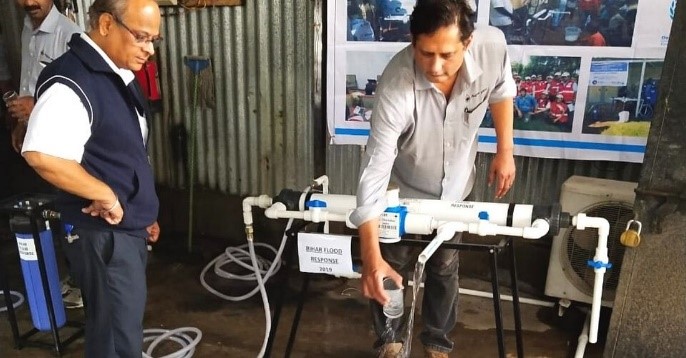
About the Initiative
- A Pune-based company Aquaplus Water Purifiers (Pvt) Ltd, is working towards the cause of water purification at a convenient scale in terms of resources during a calamity.
- During emergencies and unavailability of electricity, this water purifier can operate through its hand-pump feature.
- It provides relief during natural disasters as they are portable.
- The ideal of the company is in making ethical profits as they need to earn money for sustenance and help the maximum number of needy.
- These water filters and products have entered the global markets as well.
Quote:
Without change there is no innovation, creativity, or incentive for improvement. Those who initiate change will have a better opportunity to manage the change that is inevitable.- William Pollard
Source:
Share the article
Get Latest Updates on Offers, Event dates, and free Mentorship sessions.

Get in touch with our Expert Academic Counsellors 👋
FAQs
UPSC Daily Current Affairs focuses on learning current events on a daily basis. An aspirant needs to study regular and updated information about current events, news, and relevant topics that are important for UPSC aspirants. It covers national and international affairs, government policies, socio-economic issues, science and technology advancements, and more.
UPSC Daily Current Affairs provides aspirants with a concise and comprehensive overview of the latest happenings and developments across various fields. It helps aspirants stay updated with current affairs and provides them with valuable insights and analysis, which are essential for answering questions in the UPSC examinations. It enhances their knowledge, analytical skills, and ability to connect current affairs with the UPSC syllabus.
UPSC Daily Current Affairs covers a wide range of topics, including politics, economics, science and technology, environment, social issues, governance, international relations, and more. It offers news summaries, in-depth analyses, editorials, opinion pieces, and relevant study materials. It also provides practice questions and quizzes to help aspirants test their understanding of current affairs.
Edukemy's UPSC Daily Current Affairs can be accessed through:
- UPSC Daily Current Affairs can be accessed through Current Affairs tab at the top of the Main Page of Edukemy.
- Edukemy Mobile app: The Daily Current Affairs can also be access through Edukemy Mobile App.
- Social media: Follow Edukemy’s official social media accounts or pages that provide UPSC Daily Current Affairs updates, including Facebook, Twitter, or Telegram channels.



